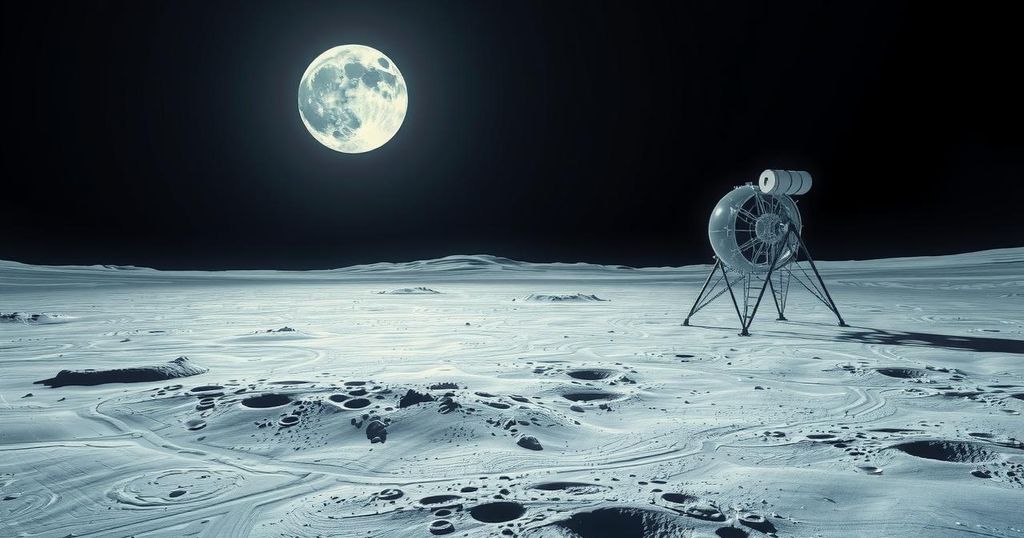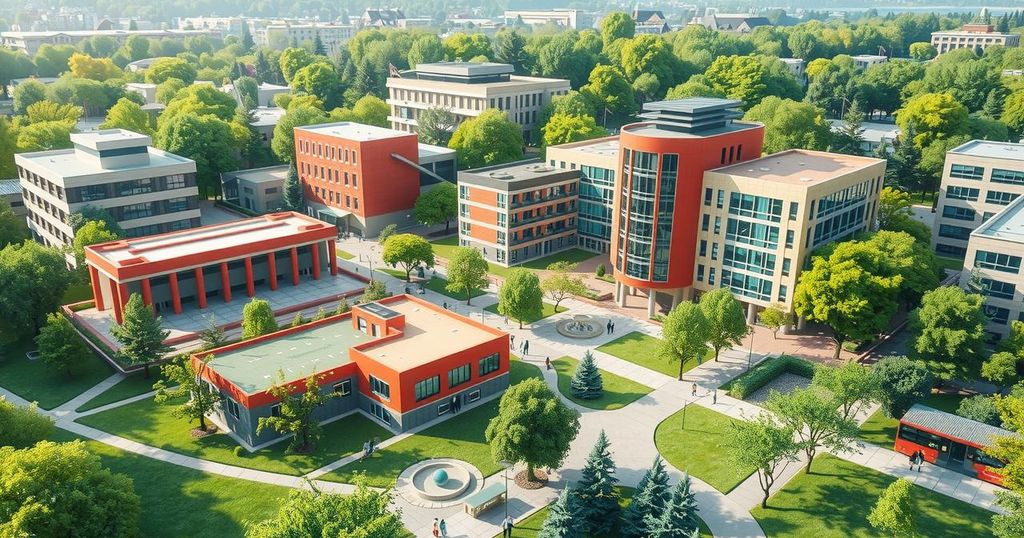Pakistan Collaborates with China for Lunar Exploration Through Chang’e-8 Mission
Pakistan’s space agency, SUPARCO, has partnered with China for the Chang’e-8 mission in 2028, deploying an indigenous rover to explore the Moon’s south pole. This collaboration aims to further lunar research and sustainable practices in extraterrestrial environments, reflecting the strong ties between the two nations in space exploration.
In a groundbreaking venture into lunar exploration, Pakistan’s space agency, SUPARCO, has partnered with China for the Chang’e-8 mission set to launch in 2028. This collaboration includes the deployment of a Pakistani-designed rover that will explore the Moon’s south pole as part of the larger International Lunar Research Station initiative. The primary objective of this mission is to enhance scientific understanding of the Moon’s surface, particularly its unexplored regions.
The Chang’e-8 mission, as described by NASA, aims to test vital technologies necessary for establishing a lunar science base. It will perform various scientific experiments including lunar sample analysis, resource utilization strategies, and earth observation. This endeavor represents a significant advancement in lunar research and sustainable practices in extraterrestrial environments.
SUPARCO’s rover, weighing approximately 35 kilograms, is purpose-built for navigating the challenging terrains of the Moon’s south pole, which is anticipated to yield substantial scientific insights. A spokesperson from SUPARCO emphasized the importance of this rover in furthering lunar surface research in support of China’s extensive lunar exploration goals.
The collaboration reflects the strong ties between Pakistan and China in the realm of space exploration, particularly following the successful placement of Pakistan’s iCube Qamar CubeSat into lunar orbit via China’s Chang’e-6 mission in May 2024. This ongoing partnership highlights the mutual benefits emerging from shared technological advancements and resources.
For the upcoming Chang’e-8 mission, China has extended an invitation for international collaboration, making available an impressive 200 kilograms (440 pounds) of payload capacity. This allowance invites other nations to send their equipment, including robots and instruments, to perform independent operations post-landing on the Moon’s surface, fostering a spirit of global scientific cooperation.
China’s National Space Administration is prioritizing innovative technology and experiments that can function independently on the lunar surface. The broader ambition of establishing a lunar base near the Moon’s south pole by around 2035 is further supported through this mission, marking a significant step towards sustainable lunar exploration initiatives.
The context of this collaboration centers on the increasing interest in lunar exploration among various nations, notably China, which has made substantial advancements in space technology. The Chang’e program represents a series of Chinese missions that aim to enhance understanding of the Moon’s resources and potential for future human habitation. Pakistan’s involvement illustrates the deepening partnership between Pakistan and China in scientific missions, enhancing both nations’ capabilities in space technology and research. Given the challenges posed by the Moon’s south pole terrain, international cooperation in this endeavor is crucial. The development of the rover by SUPARCO signifies Pakistan’s growing technological prowess in aerospace engineering and its aspirations to contribute to global scientific discourse regarding lunar exploration.
In conclusion, Pakistan’s partnership with China for the Chang’e-8 lunar mission highlights an important leap in international collaboration in space exploration. This initiative not only emphasizes the readiness of Pakistani technology to contribute to significant scientific research but also represents the strengthening of ties between Pakistan and China. The ambition of both countries to explore the lunar south pole sets the stage for future advancements in both nations’ space endeavors and international scientific cooperation.
Original Source: www.ndtv.com








Post Comment